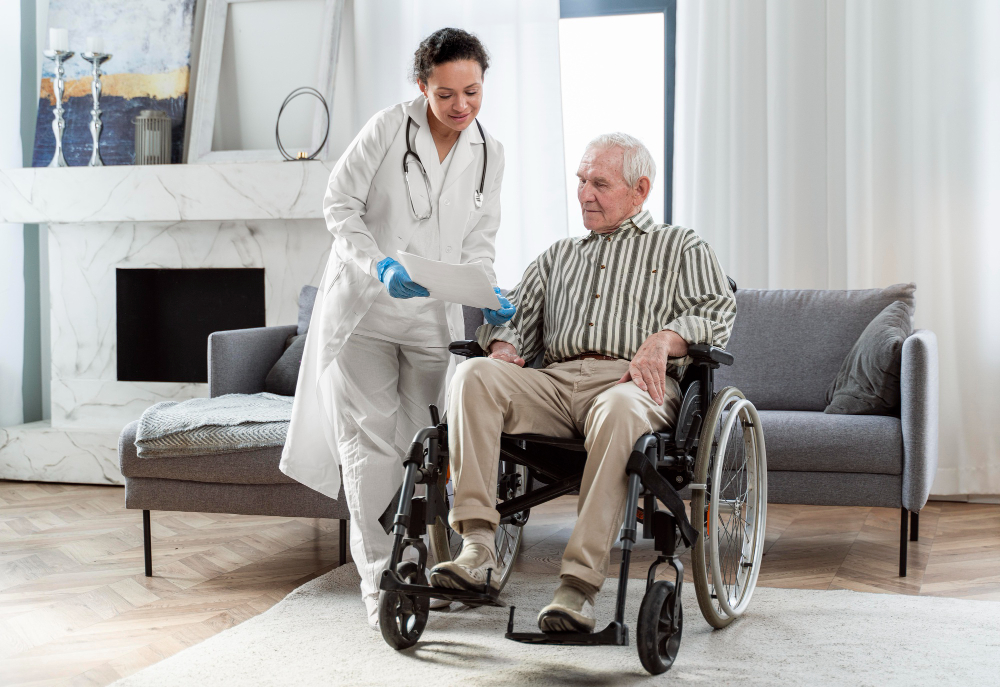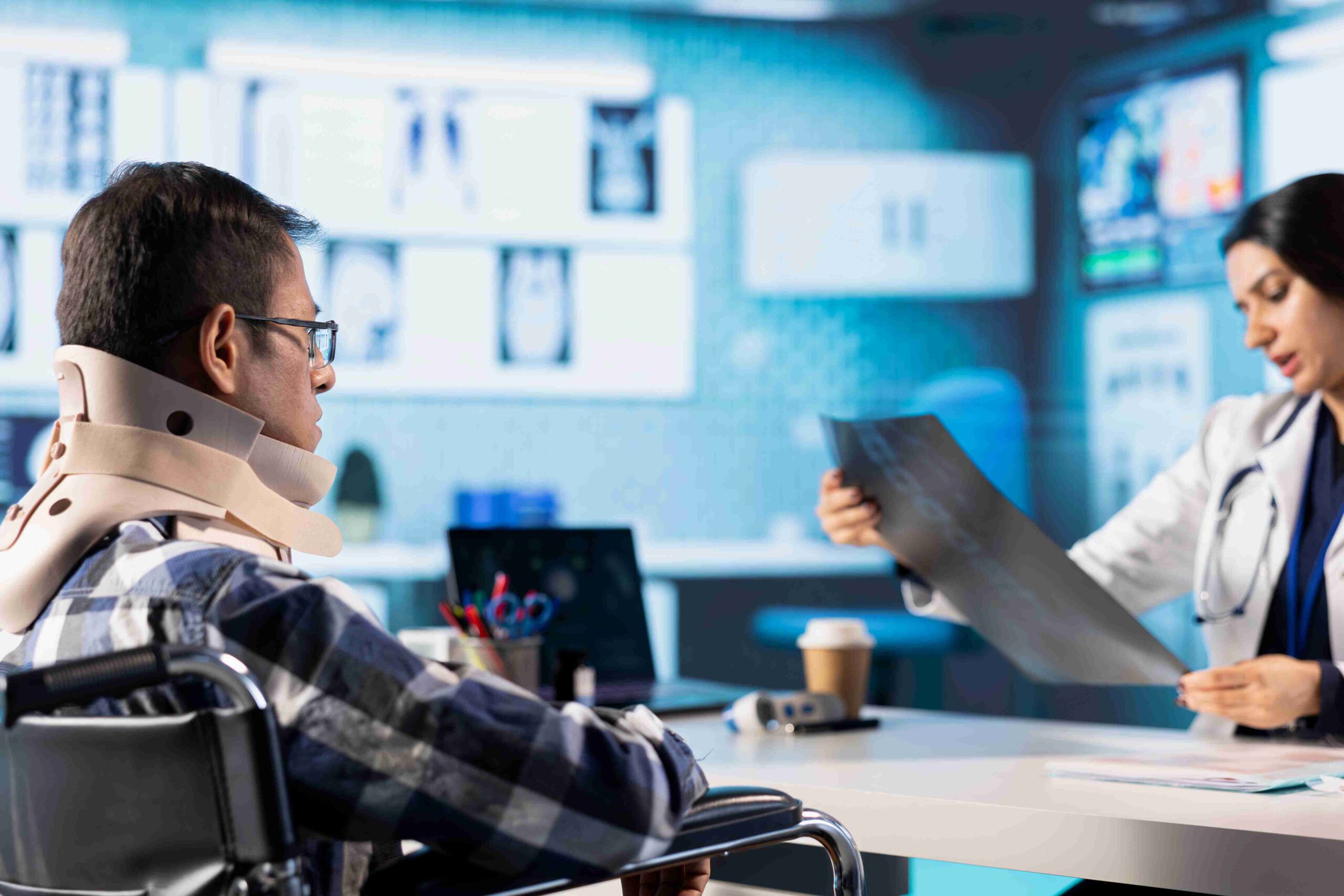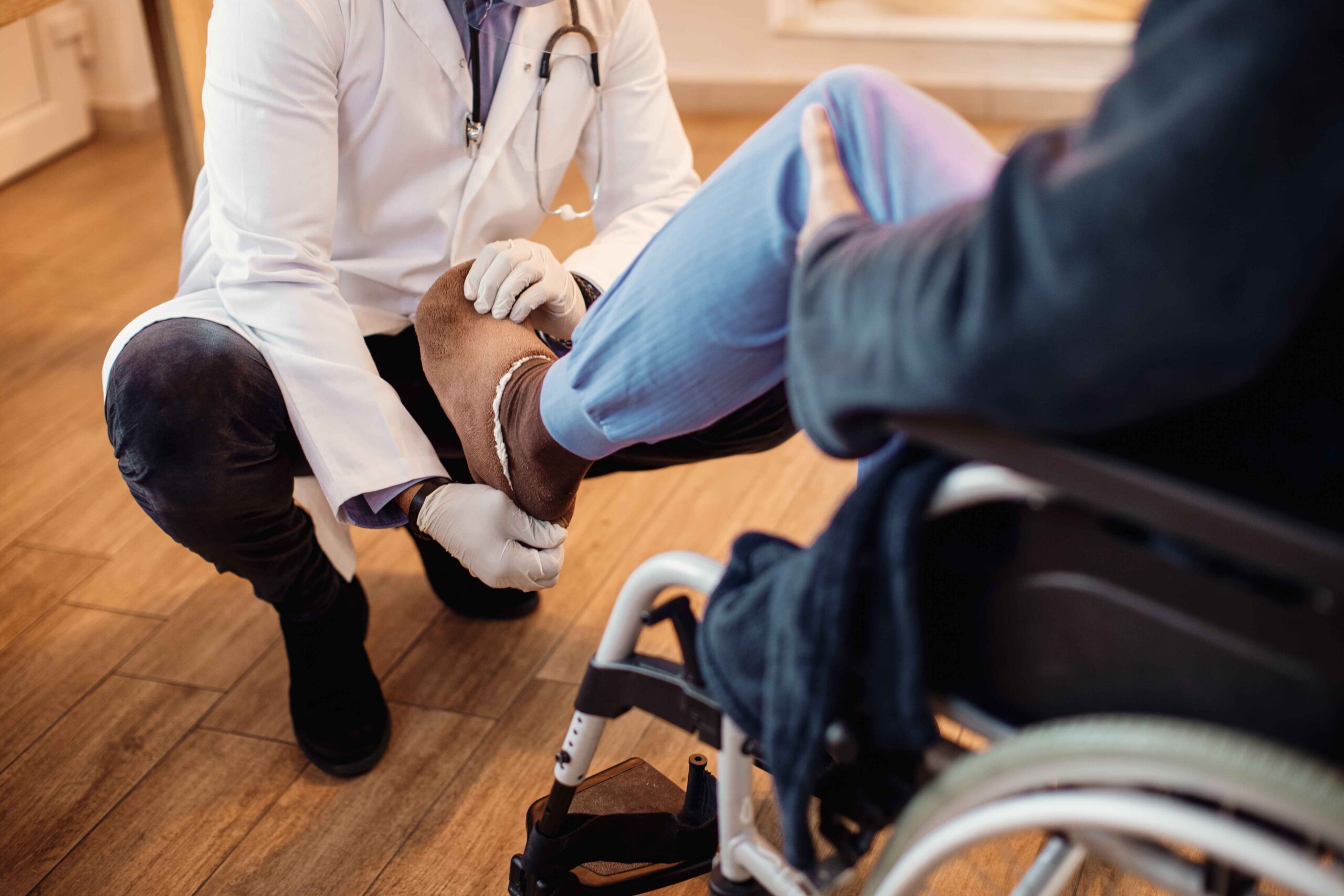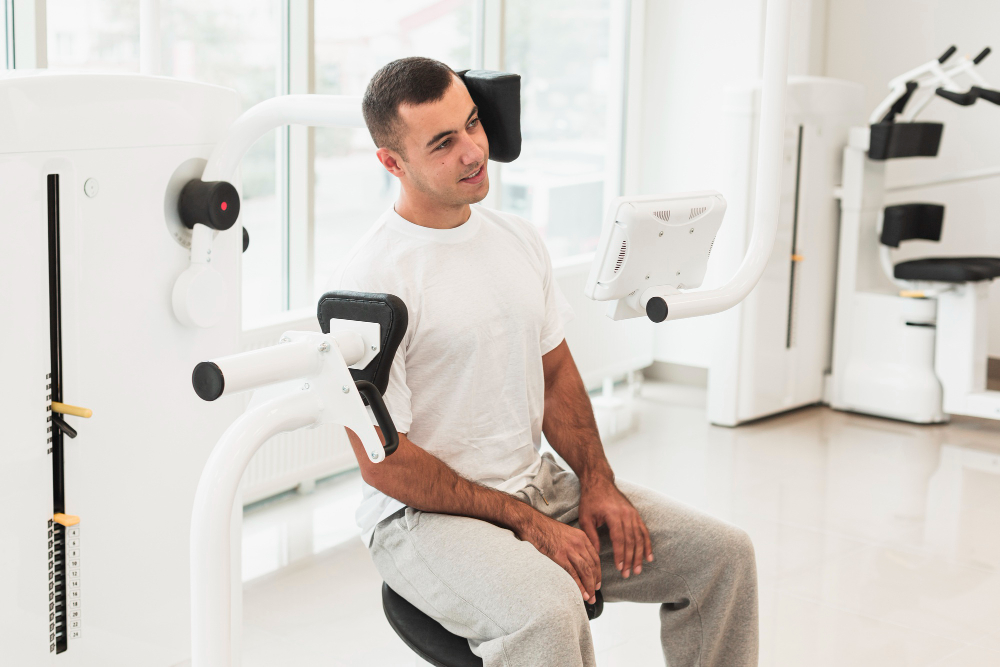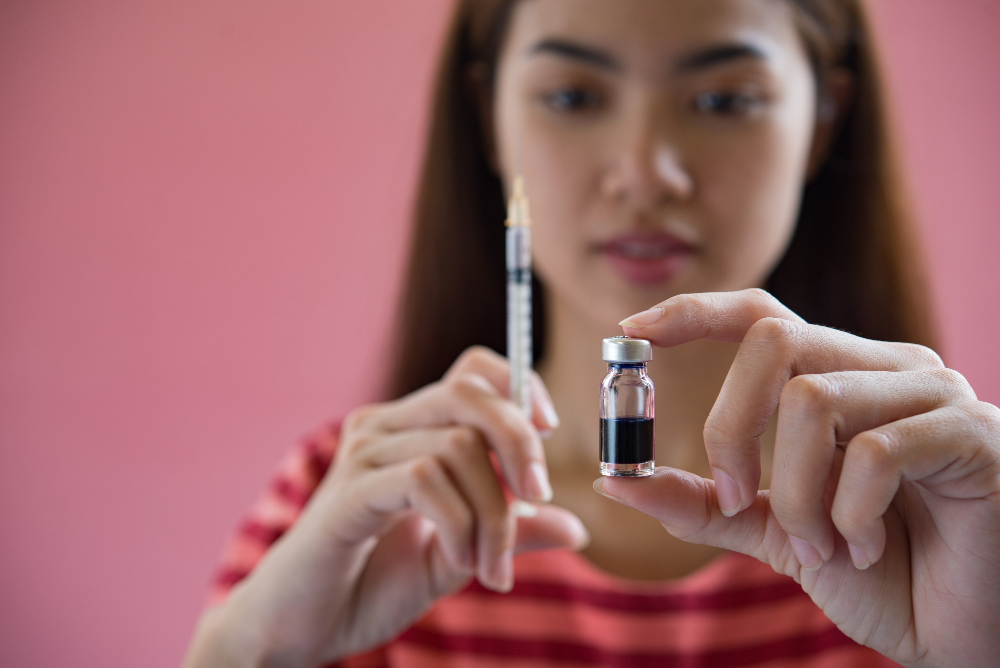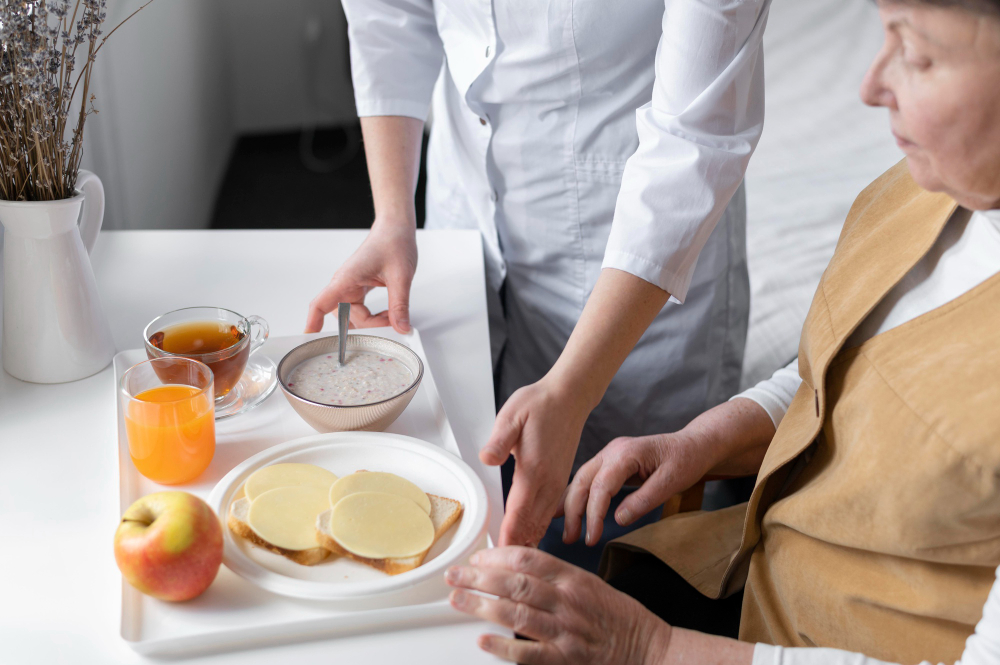
Last updated on by MRC
Laser therapy is making waves in the world of physiotherapy, offering a modern twist on pain relief and healing. This cutting-edge treatment uses focused light to target specific areas of the body, promoting faster recovery and reducing discomfort. It’s like giving your cells a little nudge to get back to work. If you’re curious about how this tech-savvy therapy works and how it could help with your recovery, you’re in the right place. Let’s break down the science behind this innovative approach and see why it’s becoming a go-to choice for physiotherapists.
Laser therapy in physiotherapy involves using low-level laser light to stimulate healing and reduce pain. The laser emits light that penetrates the skin and targets tissues, promoting cellular repair and reducing inflammation. It’s a non-invasive treatment that helps with a range of conditions, from sports injuries to chronic pain. By boosting cellular energy and improving blood flow, laser therapy speeds up the body’s natural healing processes.
Laser therapy in physiotherapy is rooted in fascinating science that combines light technology with medical healing. Understanding what is laser therapy in physiotherapy helps uncover its innovative approach to treatment. Here’s a closer look at how this therapy works:
Laser therapy in physiotherapy is a versatile treatment option that addresses a variety of conditions. Understanding what is laser therapy in physiotherapy can help you see how it can be applied to different issues. Here’s a look at some common conditions treated with laser therapy in physiotherapy:
Laser therapy in physiotherapy is a sophisticated treatment that requires expert handling to ensure safety and effectiveness. Understanding what is laser therapy in physiotherapy highlights the importance of having this treatment administered by trained professionals. Here’s why it’s crucial to seek professional care:
It involves precise application of light energy to specific areas of the body. Incorrect use or improper settings can lead to ineffective results or even harm. Professionals are trained to calibrate equipment accurately and to tailor the treatment to individual needs, maximizing the benefits of laser therapy in physiotherapy.
When it comes to advanced pain management and paralysis treatment, Medical Rehabilitation Center (MRC), the best physiotherapy in Kolkata stands out as a top choice. Known for its expertise in low-level laser therapy, we offer an effective solution for various soft tissue pains where conventional physiotherapy may fall short.
Over the past five years, MRC has successfully treated over 3000 cases with laser therapy, showcasing outstanding results and patient satisfaction. With a focus on personalized care and cutting-edge treatments, MRC is a leading hospital for those seeking effective relief and rehabilitation in Kolkata.
What is the science behind laser therapy?
Laser therapy uses light to favor and accelerate the body’s natural healing processes. The laser beam is moved over the skin so that the light energy (photons) penetrates the tissue where it interacts with various molecules (chromophores) that cause different biological effects.
How does a laser therapy machine work?
Laser therapy uses focused light to trigger a process called photobiomodulation (PBM). The process changes the condition of damaged tissue and increases recovery through cellular metabolism. Photons enter the tissue or skin and react with the mitochondria.
What are the side effects of laser physiotherapy?
Skin irritation or burns from exposure to the laser. Eye damage or vision loss from exposure to the laser. Increased risk of skin cancer with repeated exposure to the laser. Risk of infection if the laser is used to treat an open wound or infection.
Who should not receive laser therapy?
Contraindications. Cold laser therapy should not be used over any suspicious cancerous lesions, or carcinoma, over the thyroid, on pregnant patients, and there should not be direct irradiation of the eyes, as the laser can cause permanent damage to the eyes.
